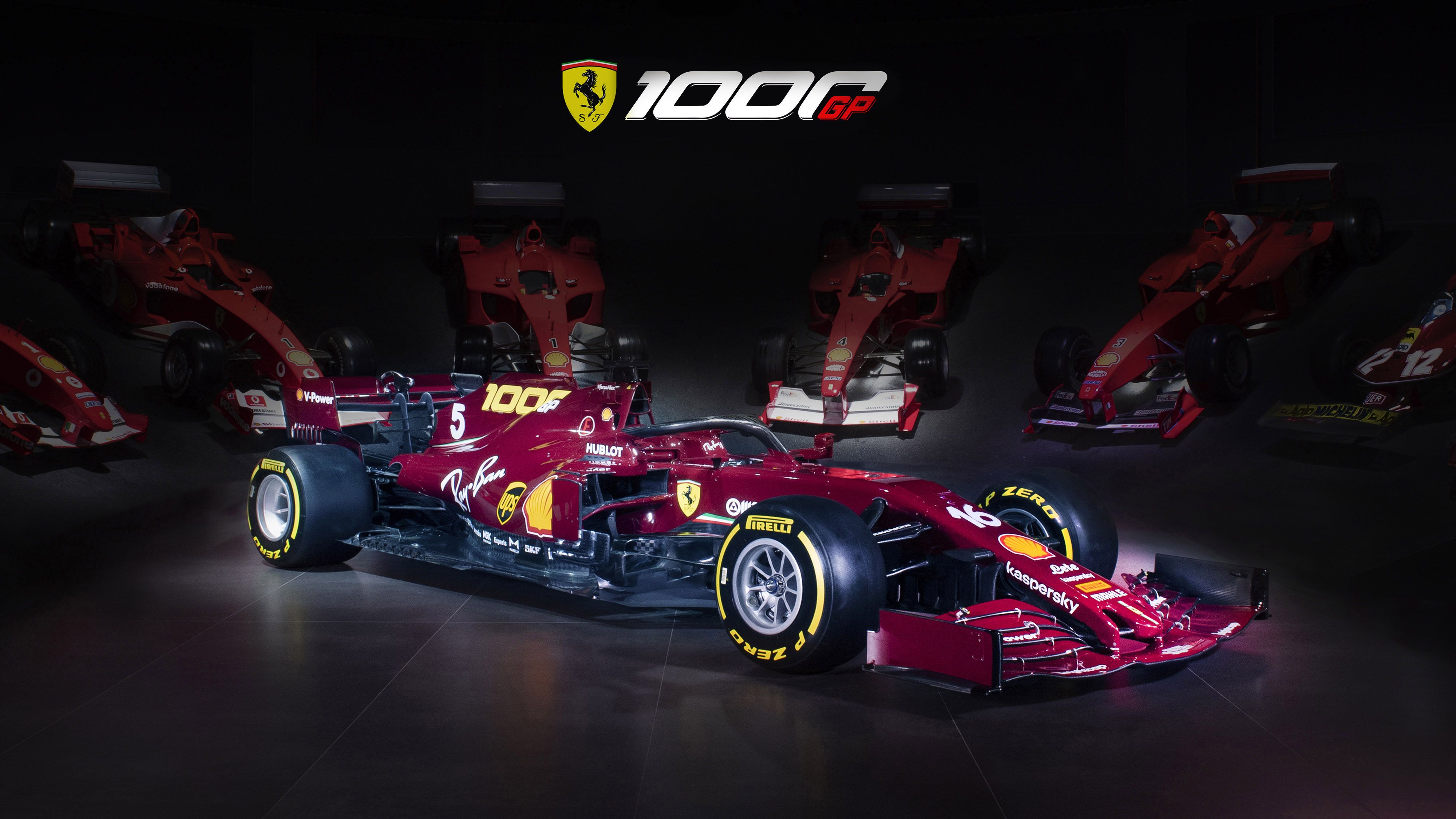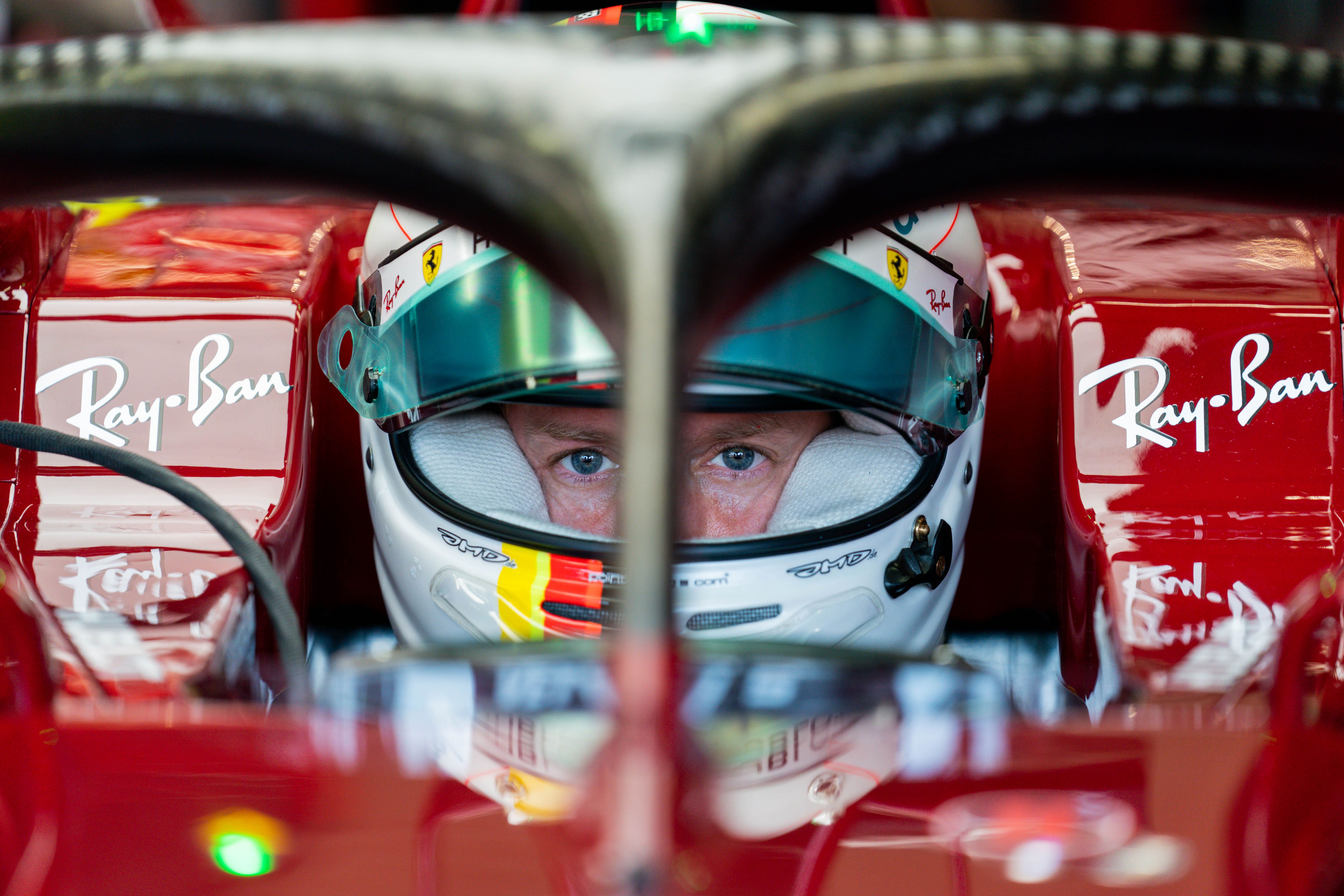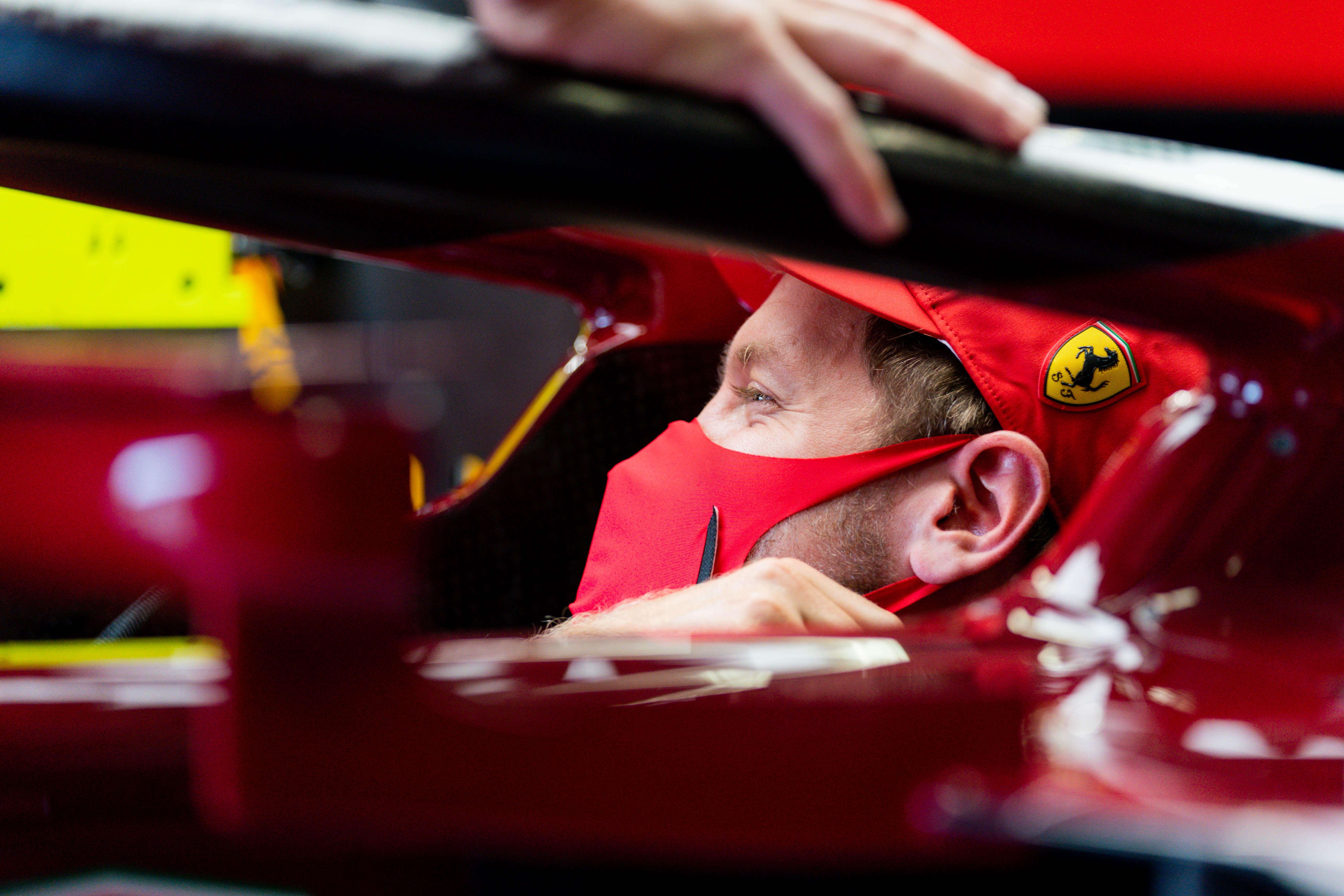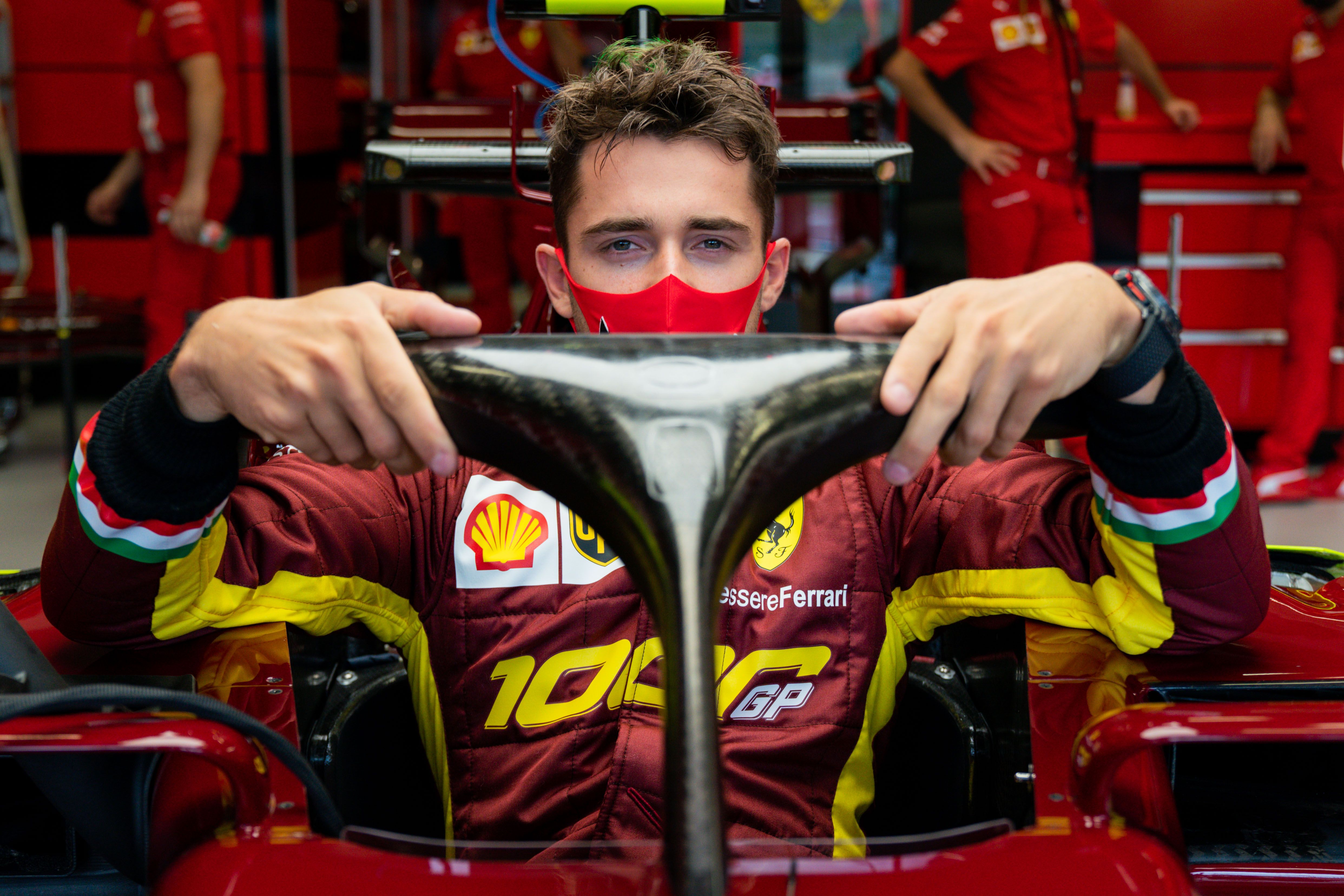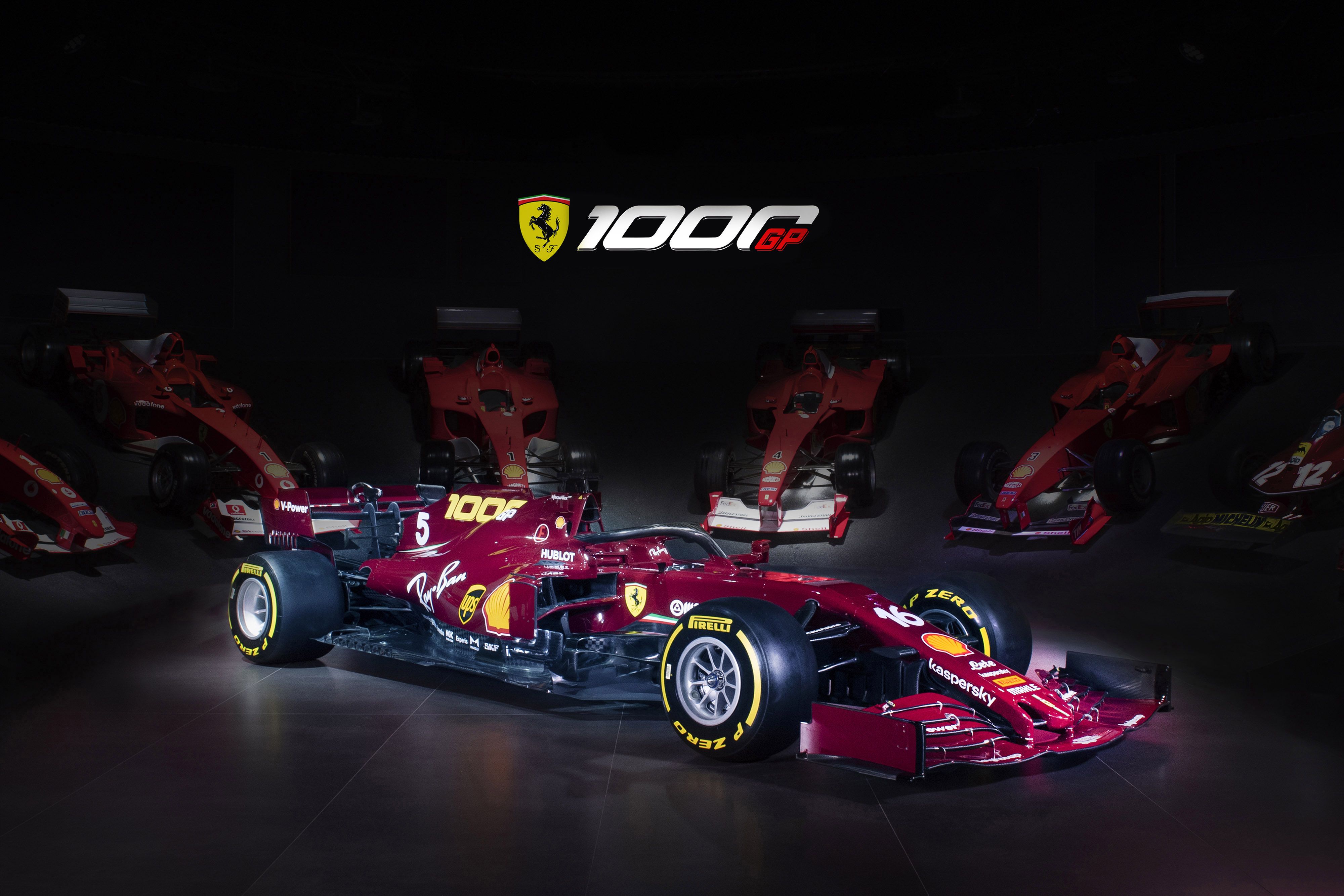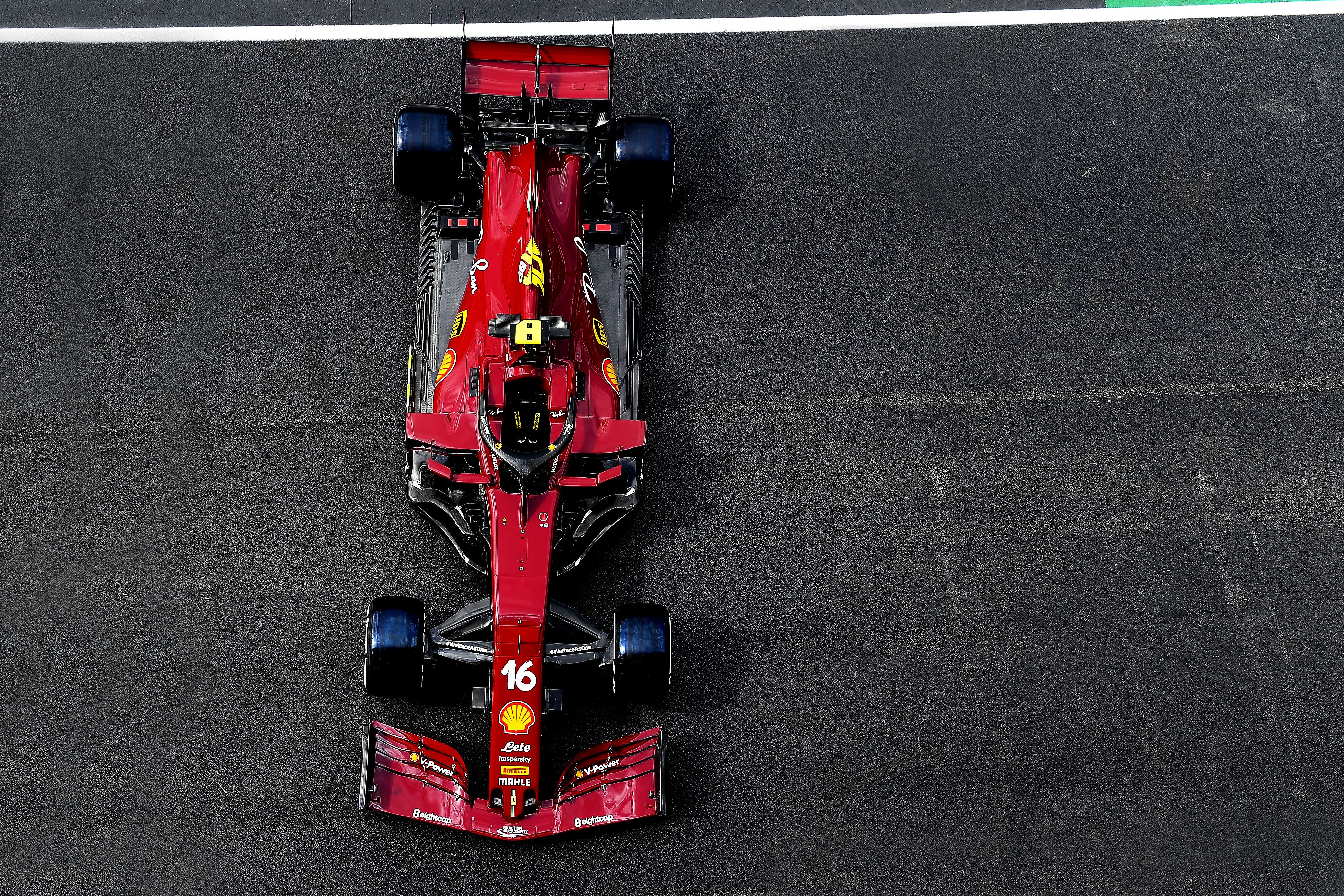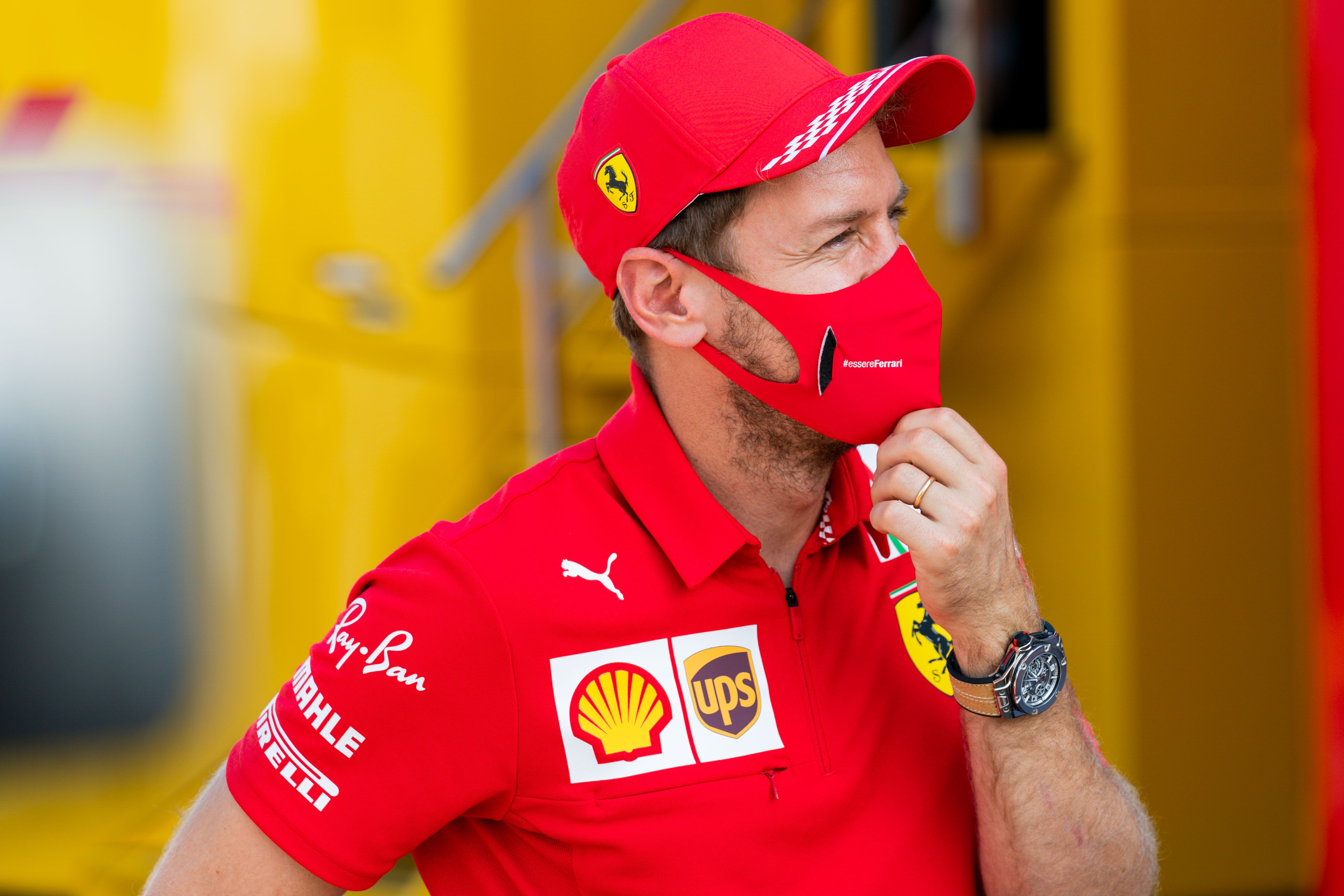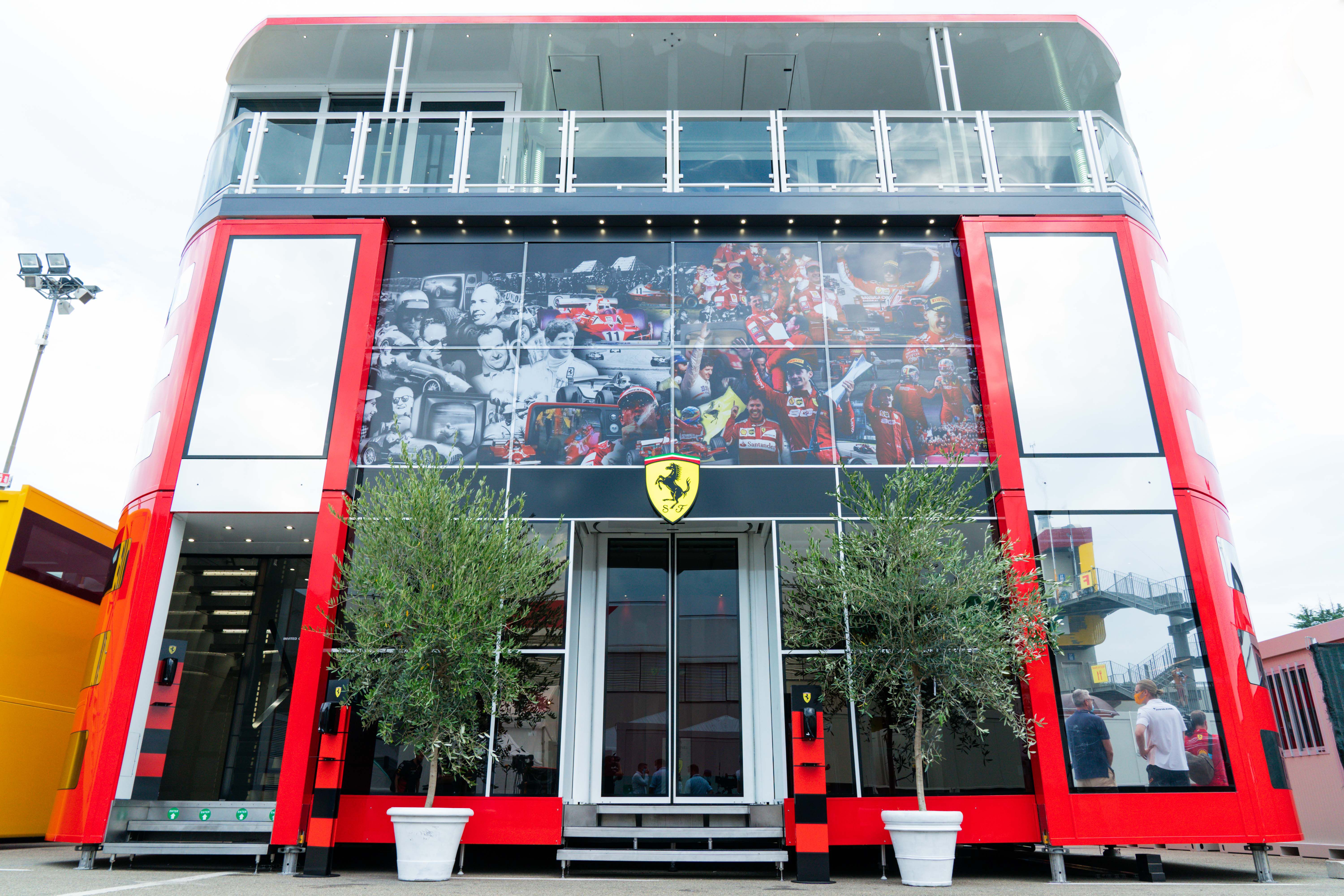Ferrari is one of the world's most recognizable brands and, as a carmaker, the Prancing Horse is synonymous with some of the world's finest super sports cars, supercars, and hypercars. The heritage, built over the past seven decades, is intimately linked to the world of racing and, more importantly, with Formula 1. This weekend, the Tuscan hills surrounding the popular Mugello Circuit will be filled by the roar of Formula 1, and as it happens, this will be the Scuderia's 1,000th World Championship round they will partake in. The Italians had to mark the special moment somehow and chose to do so by unveiling a new livery that's reminiscent of the first Ferraris to race in F1 back in 1950.
Burgundy Red In Place Of Racing Red
In the decades that have flown by, Scuderia has bagged 15 Drivers' Championships and 16 Manufacturers' Championships with the last of each arriving in 2007 and 2008, respectively. Since then, Ferrari has struggled to deliver the goods, and now, maybe more than ever before, the team is seen dwindling through the pack as the SF1000 is barely worthy of the mid-pack.
Nowadays, Scuderia Ferrari is going through a really rough patch
Following 2019's investigation launched by the FIA and focused around Ferrari's power unit, the team was forced to make do in 2020 with has been considered to be a 'detuned' version of the controversial unit used last year. Or, at least, that's what Ferrari's been saying as a way to try and explain the series of bad results recorded this season by both Charles Leclerc and the soon-to-be-departed Sebastien Vettel. As expected, rival teams had none of it and, as we stand, Ferrari's wheelmen languish in seventh and 13th in the Drivers' standings while the team is only sixth in the teams' leaderboard.
All of the discussion surrounding one of Ferrari's worst seasons in F1 - which isn't even over yet! - has been sidelined for a moment or two as Ferrari will celebrate its 1,000th race this weekend when the circus returns to Italy for the Tuscan Grand Prix at Autodromo del Mugello. For the anoraks, we underline that this will actually be the 1,002nd race entry made by Ferrari cars in a World Championship GP but is counted as the 1,000th race because, at the tail end of 1964, Luigi Chinetti's North American Racing Team (N.A.R.T.) entered the cars on behalf of Ferrari as Enzo was on a row with the F1's organizers and this was his way of showing 'those in charge' that he may just quit the sport.
The one-off livery has diverted headlines away from Ferrari's lackluster results
So, how do these one-off liveries look like after all? Well, to be perfectly honest, they don't look all that special. "We decided to run a unique livery on the cars for , with the SF1000s taking to the track at the Mugello Circuit in the Burgundy color first seen on the 125, the first racing car to carry the Ferrari name, said Piero Ferrari, Ferrari Vice-Chairman and son of Enzo Ferrari. "Even the look of the race numbers on Charles' and Sebastian's cars will reflect the tradition of the past, giving the impression of being hand-painted onto the bodywork, while the drivers' race suits will also match the car color," he added,
But that doesn't mean much. All that it means is that the cars run in a darker shade of red than usual and that the numbers on the cars are a bit different. That's that. If that's all it takes to create a throwback livery, then one could argue that the 2017-2018 liveries were also very much throwback as the white around the fin atop the engine cover and the classic Tricolore flag remind us of the liveries used by Ferraris during those few Lauda years in the mid-'70s.
The story of Ferrari's first F1 car
As to the car this one-time livery tries to evoke, well, that's a very interesting proposition indeed. Not because of its architecture as it was front-engined just like all of the single-seaters back then, but because the engine powering it originally was a supercharged V-12 displacing just 1.5-liters. Underpinned by a steel tube-frame chassis, the 125 F1, as it was named, featured a double-wishbone suspension with a transverse leaf spring in front and a De Dion tube.
While supercharging was found to not be the solution to Ferrari's continuous need for power, the engineers at Maranello quickly figured out that if a bigger engine would be fitted in the 125 F1, the engine would, effectively, outrun the car. As a result, a new car was made known as the 275 F1, which arrived partway through the 1950 F1 season (yes, back then, you could develop a 'new' F1 car in a matter of months and even race multiple cars during the same season). Powered by the same triple-carbed 3.3-liter engine as the last evolution of the 125, the 275 was soon followed by an even more powerful car, the 340 F1. Debuting at the Grand Prix of Nations at Geneva on July 30, 1950, the 340 was powered by a 4.1-liter version of Lampredi's V-12 - enough displacement for an output of 335 horsepower.
Finally, Ascari could keep up with Juan Fangio's Ferrari 158 in the straights as well, but Ferrari wanted more still and, at Monza, on home soil, the 375 F1 arrived packing a monstrous 4.5-liter V-12. Meanwhile, the 158 Alfettas were still powered by 1.5-liter straight-eights that, via two-stage supercharging, achieved 350 horsepower. Ascari again finished second to an Alfa in the 375's debut race, but Ferrari's first season in F1 ended without a win. Having said that, the team's first full season, 1951, did yield a now-legendary first win as Jose Froilan Gonzalez muscled his 375 to victory in the 1951 British Grand Prix. Sadly, Ferrari's SF1000 seems incapable of emulating its great-great-great-grandfather, and even Ferrari's own CEO believes a change of fortunes won't arrive before the new ruleset of 2022.
To the Tifosi's pleasure (there will be almost 3,000 of them in the stands on Sunday), a red car is bound to lead the field at Mugello, witness to many Ferrari test sessions over the years. We're talking about the Mercedes AMG GT safety car that will sport a red paint job this weekend, which is Mercedes-AMG's of paying tribute to Ferrari's milestone moment. We know you've picked up too on the subtle humor behind this 'tribute'...

